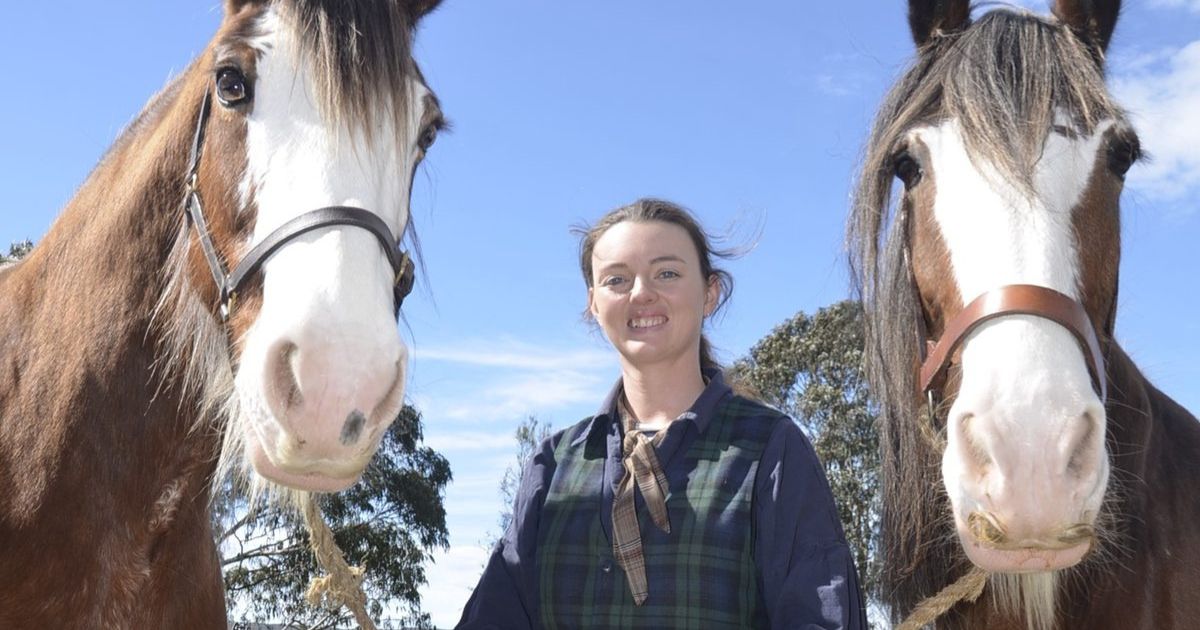Rare access to 150-year-old plants

Preserved: Rare and endangered indigenous species are part of the display, which makes up only 10 per cent of the BMI’s collection of von Mueller’s donated plant specimens. Photo: EDWINA WILLIAMS
A SELECTION of historic plant specimens gifted to the Ballaarat Mechanics’ Institute by Victoria’s first government botanist Baron Ferdinand von Mueller are on display in the heritage reading room.
Behind glass as part of the BMI’s Living Heritage Exhibition, which was launched this week, the 150-year-old collection has recently been treated by the University of Melbourne’s Grimwade conservators.
Heritage collections curator Ellen Becker said 10 per cent of the more than 200 specimens in the institute’s custodianship can be seen by visitors, and it is a “rare pleasure” for the public to have access.
“It was very difficult to choose which ones to put on display, and we have so many stories contained within those specimens as well, so this is just a select few,” she said.
“Six of the specimens that are on display are either rare, critically endangered, or endangered, and I think it’s important to use the specimens to communicate that relevant story to our times.
“They’re not just 150-year-old objects on display in a collection. They were used as a scientific resource and can still be used like that today.
“To be able to see this multitude of orders and species of plants in close proximity is rare. You don’t see that in the wild, necessarily.”
The BMI has three complete sets of the 33 educational volumes of specimens von Mueller created during his career.
“It’s special that we have these volumes in our collection, and they’ve been cared for over the years by our volunteers and staff,” Ms Becker said.
“The fact that they are in such good condition today is reflective of the care, love, and reverence that the BMI has displayed to these objects over the years.”
The BMI was awarded a $170,000 State Living Heritage grant in recent years, allowing Grimwade experts to complete the restoration of the plant specimen folders, restore 50 of the institute’s historic books, and conserve the painting, The Girl in the Bonnet, over a period of 18 months.
“The specimens were re-adhered to the paper supports, and the paper supports were very gently cleaned,” Ms Becker said.
“There were lots of little holes and tears from use over the years, particularly at the corners with people turning the pages, so Grimwade reinforced those pieces with bits of Japanese tissue and Japanese wheat starch paste, to make sure that risk at handling was eliminated.”
BMI chair Paula Nicholson said the aim of the project has been to keep the pieces accessible to the public for generations to come.


















